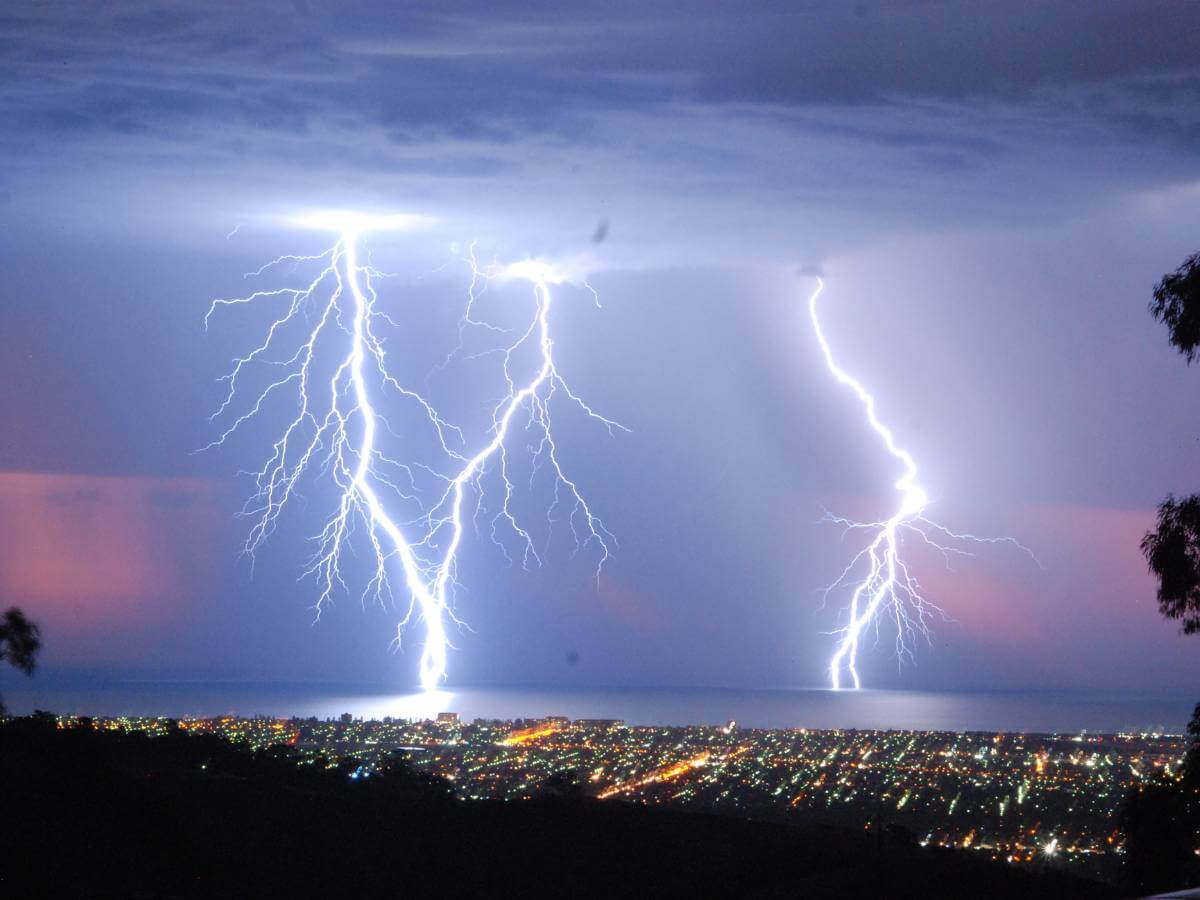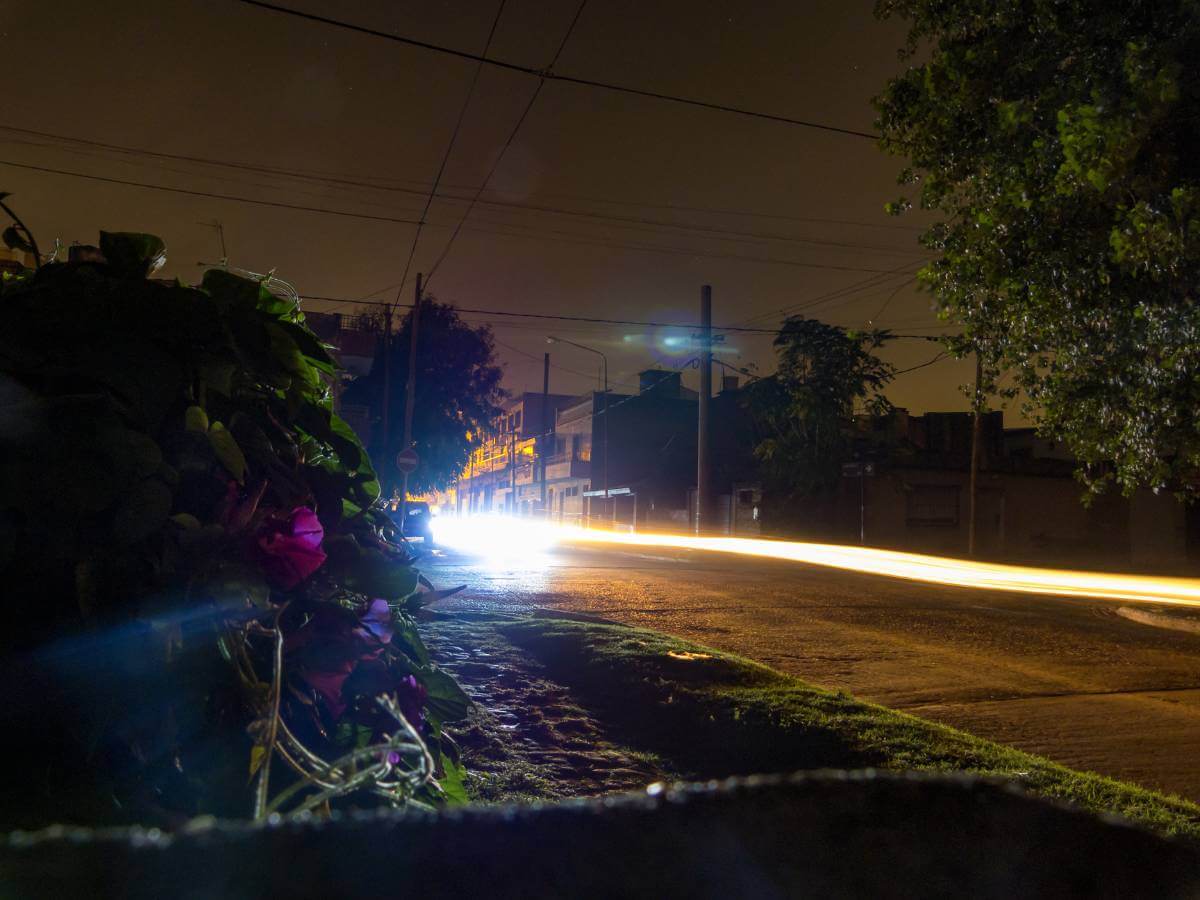
How does a PV system with battery backup save you in a storm at your building?
Introduction: Harnessing Solar Power and Battery Storage for Unwavering Energy Security
As climate change intensifies, extreme weather events are becoming more frequent and severe. In the face of these challenges, the conventional power grid’s vulnerability is glaring. This blog delves into the pivotal role of photovoltaic (PV) systems with battery backup in providing a reliable and resilient energy solution for both commercial buildings and residences during storms. We explore the symbiotic relationship between solar power and energy storage, analyzing how this combination fortifies structures against power outages and contributes to a more robust, self-sufficient, and eco-friendly energy infrastructure.
The Synergistic Power of Photovoltaic Systems and Battery Backup
Harnessing the power of the sun through photovoltaic systems and complementing it with advanced battery backup technology creates a symbiotic relationship that transforms how we approach energy resilience. Photovoltaic systems, more commonly known as solar power systems, are designed to capture and convert sunlight into electricity. This clean and renewable energy source serves as the primary powerhouse, driving the seamless functionality of a building’s energy needs. However, it is the integration of battery backup that elevates these systems to a level of unprecedented reliability, especially when confronted with storms and grid vulnerabilities.
In fair weather, the photovoltaic system takes center stage, actively generating electricity from the abundant sunlight. Simultaneously, this energy charges the connected battery backup system, creating a reservoir of power for times when the sun’s rays are obstructed by adverse weather conditions. This dynamic interaction ensures a continuous and uninterrupted energy supply, establishing a robust defense mechanism against power disruptions during storms. The strategic marriage of solar power and battery backup evolves into a harmonious dance between energy generation and storage, offering a lifeline when the conventional grid succumbs to the forces of nature.
This symbiotic synergy is not only about immediate energy needs but also about forward-thinking preparedness. The stored energy in batteries becomes a strategic asset, providing an uninterrupted power supply precisely when it is needed most. This capability is particularly crucial for commercial buildings, where continuity of operations is paramount. In residences, it means having a reliable energy source to weather through storms, ensuring that the lights stay on, critical appliances remain functional, and inhabitants are safe and secure. In essence, the synergy between photovoltaic systems and battery backup paints a resilient picture, where energy generation and storage work hand in hand to navigate the challenges posed by unpredictable weather patterns.

How does a PV system with battery backup save you in a storm at your building?
Sustaining Stability: Photovoltaic Systems and Battery Backup in Outage Scenarios
When storms unleash their fury and conventional power grids falter, the true strength of photovoltaic systems with battery backup shines through. The inherent advantage of these systems lies in their ability to ensure a continuous power supply when the external environment succumbs to outages. In commercial settings, this capability translates into a safeguard against financial losses incurred during downtime. Critical operations can persist without interruption, preventing disruptions that could potentially impact the bottom line. For businesses, the integration of battery backup with photovoltaic systems becomes an insurance policy against storm-induced power outages.
Residences, too, benefit significantly from this continuous power supply during outages. Beyond the inconvenience of being without electricity, storms can pose serious safety risks. Photovoltaic systems with battery backup act as a reliable ally, maintaining a sense of normalcy when the external world is engulfed in chaos. Life-saving medical equipment remains operational, essential appliances continue to function, and the overall well-being of residents is secured. The seamless transition from solar power to stored battery energy ensures that the impact of outages is minimized, offering a sense of security and stability during the most challenging times.
The value of uninterrupted power during outages extends beyond immediate needs. In commercial buildings, especially those housing critical infrastructure like data centers, the continuous operation is not a luxury but a necessity. Photovoltaic systems with battery backup provide a fail-safe mechanism, guaranteeing that essential equipment remains powered, preventing data loss and ensuring the integrity of crucial processes. In residences, the benefits range from preserving perishable goods to maintaining communication lines with the outside world, showcasing how these systems become indispensable lifelines during storm-induced outages.
In the broader context of energy resilience, the ability to sustain continuous power during outages positions photovoltaic systems with battery backup as integral components of a proactive and forward-thinking approach to energy management. This capability not only mitigates the immediate impacts of storms but sets the stage for a future where disruptions in power supply are no longer synonymous with vulnerability.

How does a PV system with battery backup save you in a storm at your building?
Towards Energy Autonomy: Photovoltaic Systems and Battery Backup Reinforce Grid Independence
As the imperative for resilient energy infrastructure becomes increasingly apparent, the combination of photovoltaic systems and battery backup emerges as a catalyst for achieving energy independence. Commercial buildings and residences that integrate these technologies move beyond the conventional power grid, establishing a self-sufficient energy ecosystem. This newfound independence is particularly significant during storms, where the susceptibility of traditional grids to damage and failures exposes the vulnerabilities of centralized energy systems.
The integration of photovoltaic systems with battery backup empowers commercial buildings and residences to continue operating autonomously during storms. By reducing reliance on the external power grid, these systems provide a shield against outages and ensure a continuous power supply. This resilience not only safeguards against storm-related disruptions but also contributes to a more decentralized and robust energy infrastructure. Businesses and homeowners alike gain control over their energy destiny, navigating through adverse weather conditions without compromising on operational continuity.
In the face of climate change-induced extreme weather events, achieving energy independence becomes a strategic advantage. The ability of photovoltaic systems with battery backup to generate and store power on-site ensures that even in the direst circumstances, critical operations persist. This grid resilience is not merely a reactionary measure during storms but a proactive stance towards future-proofing against unforeseen challenges. It positions commercial buildings as pillars of stability in the community and residences as resilient havens capable of weathering the storm, both literally and metaphorically.
Furthermore, the move towards energy independence is not just about weathering storms; it’s a commitment to sustainability and responsible energy consumption. By relying on clean and renewable solar power, these systems contribute to reducing the carbon footprint associated with traditional energy sources. The shift towards self-sufficiency aligns with broader environmental goals, creating a ripple effect that extends beyond individual buildings to foster a more sustainable and eco-friendly energy landscape.

How does a PV system with battery backup save you in a storm at your building?
Financial Fortification: Photovoltaic Systems and Battery Backup as Risk Mitigators
In the realm of commercial enterprises, the integration of photovoltaic systems with battery backup stands as a formidable shield against financial losses incurred during storms. The capacity to ensure uninterrupted power supply becomes a strategic asset, safeguarding businesses from the detrimental impacts of downtime. In sectors where every minute of operational disruption translates into substantial financial losses, the reliability of these systems proves invaluable. Critical equipment, data centers, and manufacturing processes remain powered, preventing interruptions that could compromise productivity, profitability, and overall business continuity.
Residences, too, reap financial benefits by investing in photovoltaic systems with battery backup. Beyond the immediate cost savings associated with reduced reliance on traditional power sources, these systems act as guardians of investments during storm-induced power outages. The preservation of perishable goods, the continuous operation of home security systems, and the uninterrupted functionality of medical equipment all contribute to minimizing potential financial losses. The upfront investment in these technologies transforms into a long-term insurance policy, protecting the financial well-being of homeowners during the most challenging times.
Photovoltaic systems with battery backup become crucial risk mitigators, ensuring that both commercial buildings and residences are equipped to weather storms, both figuratively and financially. The seamless transition from solar power to stored battery energy shields against the unpredictable nature of storms, offering a sense of financial stability amid external uncertainties. Moreover, the financial protection afforded by these systems extends beyond the immediate storm-induced outages, positioning them as assets that enhance the overall resilience and sustainability of both commercial enterprises and individual households.
In the broader economic context, the financial fortification provided by photovoltaic systems with battery backup contributes to the stability and continuity of operations. Businesses that prioritize these technologies showcase a commitment to proactive risk management, a quality that not only safeguards financial investments but also enhances their reputation as resilient and forward-thinking entities. Similarly, residences fortified with these systems become havens of financial security, where the impact of storms on daily life and financial well-being is minimized.

How does a PV system with battery backup save you in a storm at your building?
Sustainable Synergy: Photovoltaic Systems and Battery Backup as Guardians of the Environment
Beyond their immediate benefits during storms, the integration of photovoltaic systems with battery backup aligns seamlessly with the broader goals of sustainability and environmental stewardship. The core of this synergy lies in the reliance on solar power as a clean and renewable energy source. By capturing sunlight and converting it into electricity, these systems significantly reduce the carbon footprint associated with conventional energy generation. The commitment to sustainability becomes not just a response to storms but an ongoing dedication to responsible energy consumption.
When battery storage is introduced into the equation, photovoltaic systems evolve into champions of efficient energy use. Surplus energy generated during optimal conditions is stored for later use, minimizing waste and promoting sustainability. This efficient utilization of resources underscores the environmental benefits of these systems, contributing to the reduction of greenhouse gas emissions and promoting a more ecologically balanced energy landscape. By embracing sustainable resilience, businesses and homeowners demonstrate a commitment to mitigating their environmental impact.
In commercial buildings, the sustainability aspect of photovoltaic systems with battery backup extends beyond mere energy efficiency. It becomes a potent tool for corporate social responsibility (CSR), enhancing an organization’s image as an environmentally conscious entity. This commitment resonates with employees, clients, and the wider community, fostering a positive perception and reinforcing the organization’s dedication to being a responsible global citizen. The integration of sustainable technologies not only safeguards against storm-related disruptions but positions commercial enterprises as contributors to a greener and more sustainable future.
Moreover, in residential settings, the embrace of sustainable resilience sets the stage for a conscientious way of life. Homeowners become active participants in the global effort to reduce reliance on fossil fuels and combat climate change. The installation of photovoltaic systems with battery backup becomes a tangible expression of environmental stewardship, allowing individuals to contribute meaningfully to a more sustainable and eco-friendly future. In essence, the symbiotic relationship between these technologies transcends storm resilience, becoming a beacon of sustainable progress and environmental responsibility.
Overcoming Challenges and Anticipating Future Innovations
While photovoltaic systems with battery backup offer substantial benefits, challenges such as initial costs and storage capacity limitations need addressing. Collaborative efforts between governments, businesses, and the renewable energy sector can drive solutions to these challenges. Moreover, ongoing research and technological advancements promise improvements in battery efficiency and affordability, making these systems even more accessible.
The future holds the potential for innovative developments, including smart grid integration and enhanced storage solutions. These advancements will further solidify the role of photovoltaic systems with battery backup in storm resilience and contribute to a more sustainable and secure energy landscape.
A Comprehensive Approach to Energy Security
In conclusion, the integration of photovoltaic systems with battery backup is not merely a reactive response to storms; it represents a proactive stance toward building a more resilient, sustainable, and secure energy future. Whether for expansive commercial buildings or intimate residences, these systems serve as beacons of light during the darkest times, providing continuous, clean, and reliable power. As the frequency and intensity of storms increase, embracing these technologies becomes not only a wise investment but a crucial step toward fortifying our energy infrastructure against the unpredictable forces of nature.
